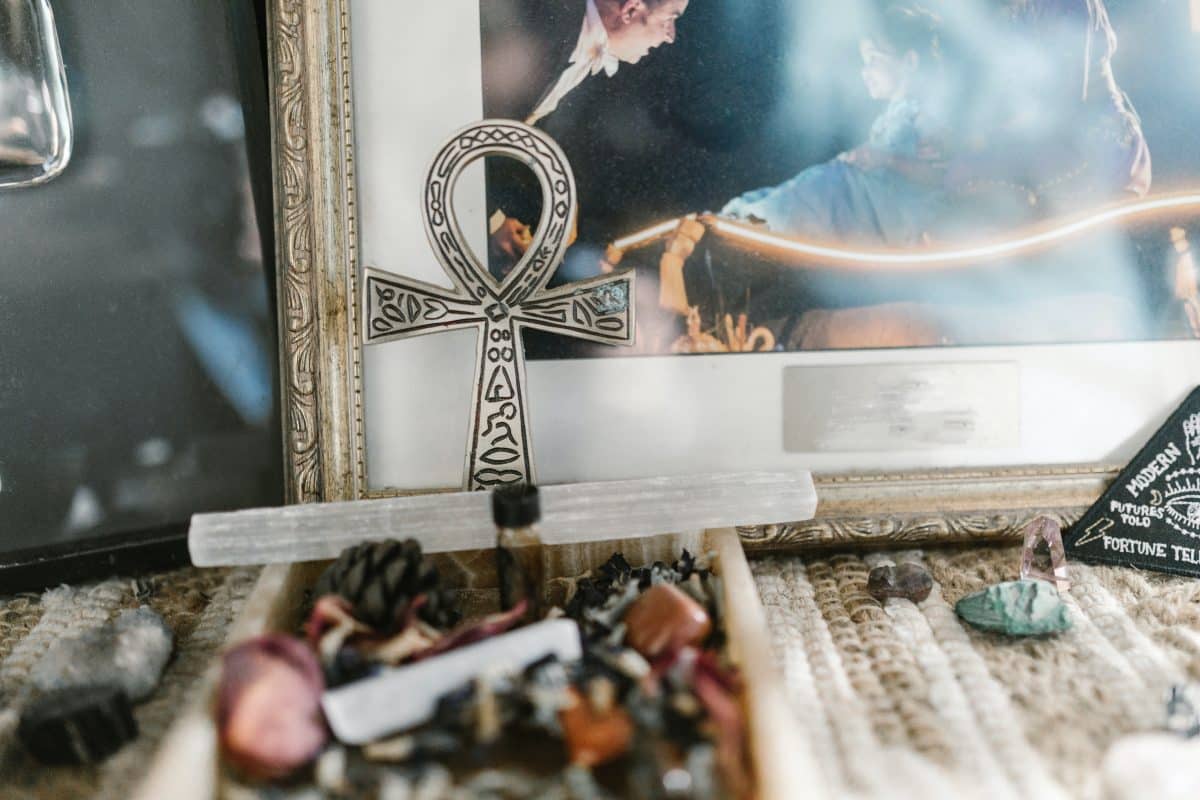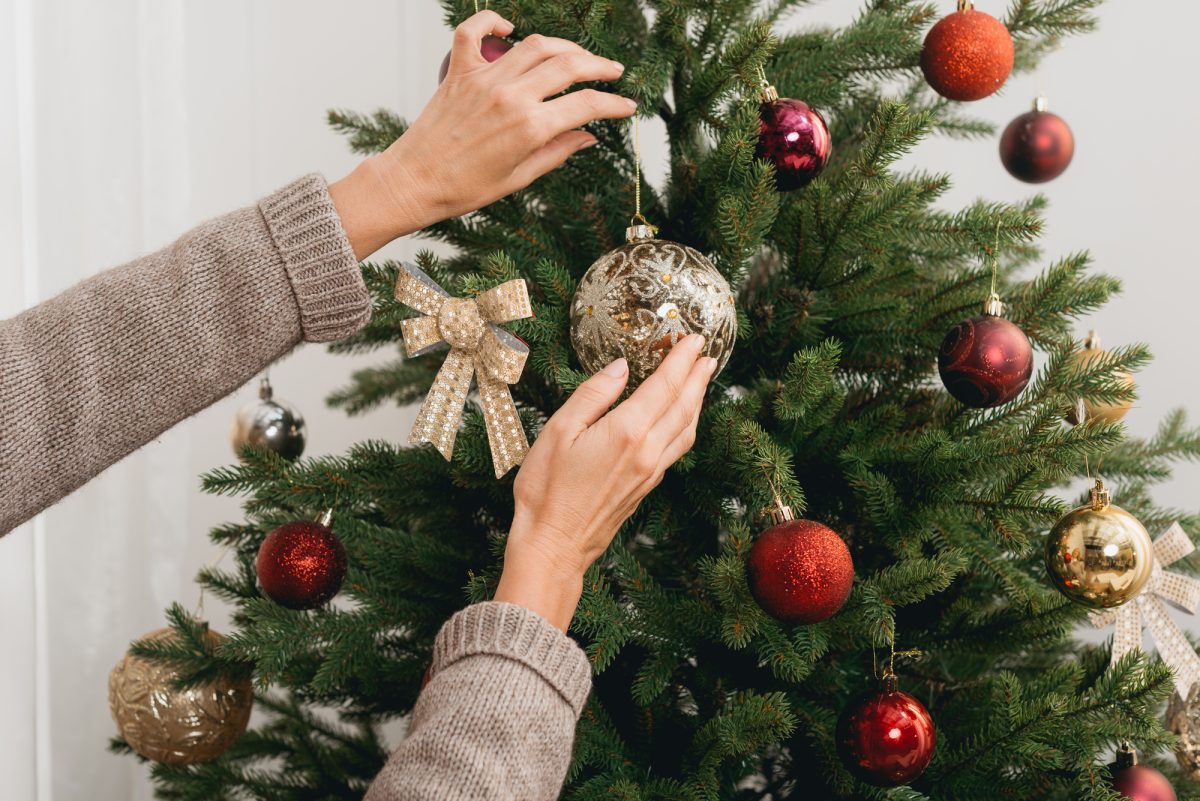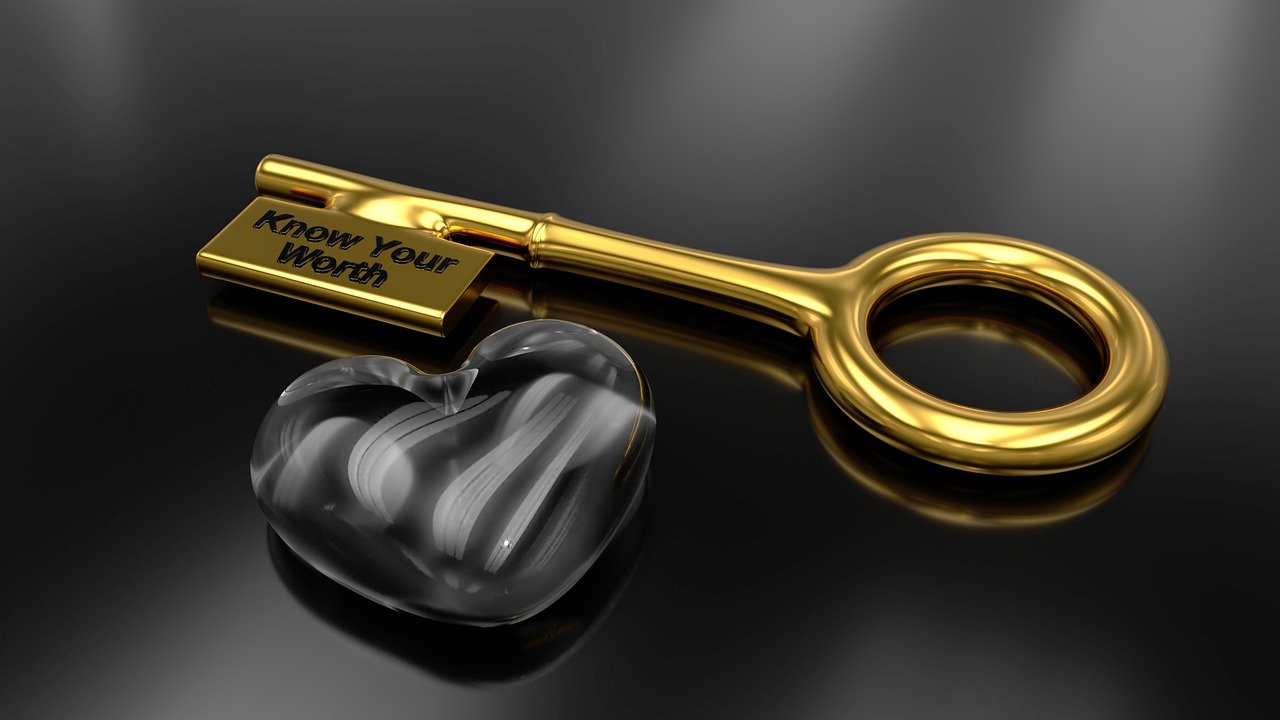From Love Spells to Healing Spells: A Guide to Casting Spells for Every Purpose
Have you ever been curious about spellcasting?
Table of Contents
Types of Spells
Definition of Spells and Their Different Types
A spell is a ritual or a set of actions that aim to manifest a specific intention or desire. Spells can be used for various purposes, including love, protection, prosperity, healing, and more. They can be performed by anyone interested in witchcraft and spiritual practices, regardless of their level of experience.

There are different types of spells, each with its unique purpose and benefits. Here are some of the most common types of spells:
Love Spells
Love spells are perhaps the most well-known type of spells, as they aim to attract or enhance romantic love. Love spells can help you manifest a specific person or increase your attraction to someone. However, practicing ethical love spells that do not harm or manipulate others is essential. Love spells can involve various tools, such as candles, crystals, or herbs, and usually require visualization and intention setting.
Protection Spells
Protection spells aim to shield you from harm or negative energy. They can be used to protect your home, your loved ones, or yourself from negative influences, such as psychic attacks or hexes. Protection spells can involve tools like salt, protective crystals, or incense, requiring visualization and intention setting.
Prosperity Spells
Prosperity spells aim to attract abundance and wealth into your life. They can help you manifest financial opportunities, increase your income, or attract abundance in other areas of your life, such as relationships or careers.
Prosperity spells can involve tools like green candles, money-drawing herbs, or gemstones, requiring visualization and intention setting.
Healing Spells
Healing spells aim to promote physical, emotional, or spiritual healing. They can help you recover from illness or injury, release emotional pain or trauma, or enhance your spiritual well-being.
Healing spells can involve tools like essential oils, healing crystals, or visualization techniques and require setting a healing intention and directing energy toward it.
How to Cast a Spell
Basic Steps for Casting a Spell
Now that we’ve explored the different types of spells let’s talk about how to cast them. The basic steps for casting a spell are as follows:
- Preparation: Before casting a spell, it’s essential to prepare yourself and your space. You can do this by clearing your mind, grounding yourself, and cleansing your space with tools like sage, palo santo, or incense.
- Setting intention: After you’ve prepared yourself and your space, it’s time to set your intention. Your intention is the specific desire or goal you want to manifest through the spell. It’s important to be clear and specific with your intention to help you focus your energy on it.
- Visualization: Visualization is essential to spell casting, as it allows you to imagine your intention coming to fruition. To visualize your intention, you can use your senses and imagination to create a mental image of what you want to manifest. For example, if you’re casting a love spell, you can visualize yourself in a happy, loving relationship.
- Directing energy: Once you’ve set your intention and visualized your desire, it’s time to direct your energy towards it. This can be done through various techniques, such as chanting, dancing, or meditating. You can also use tools like candles, crystals, or herbs to help focus your energy toward your intention.
Methods for Casting Spells
There are different methods for casting spells, depending on your preference and the type of spell you’re casting. Here are some common methods:
- Candle spells: Candle spells involve using candles of different colors and sizes to represent different intentions. For example, a green candle can be used for prosperity spells, while a red candle can be used for love spells. To cast a candle spell, you can anoint the candle with oil, carve your intention onto it, and then light it while visualizing your intention.
- Crystal spells: Crystal spells involve using gemstones and crystals to amplify your intention and direct energy toward it. Each crystal has unique properties and correspondences, which can be used for different spells. For example, rose quartz can be used for love spells, while amethyst can be used for healing spells. To cast a crystal spell, you can hold the crystal in your hand while visualizing your intention or place it on your altar during the spell.
- Herb spells: Herb spells involve using herbs and plants to represent different intentions and properties. For example, rose petals can be used for love spells, while sage can be used for protection spells. To cast an herb spell, you can burn the herbs as incense or sprinkle them on your altar while setting your intention and visualizing your desire.
Belief, Energy, and Emotion in Spell Casting
In addition to the above steps and methods, it’s essential to cultivate belief, energy, and emotion when casting spells. Belief refers to your confidence in your ability to manifest your intention through the spell. Without belief, your energy and intention will not be as effective.
Energy refers to the life force energy that flows through all living things, including yourself. To cast an effective spell, you need to harness and direct this energy towards your intention. This can be done through various techniques, such as breathwork, visualization, or movement.
Emotion refers to the feeling or emotion that you attach to your intention. The more emotionally invested you are in your intention, the more likely it is to manifest through the spell. This is why it’s essential to choose an intention that resonates with you and feels meaningful.
Tips for Successful Spell Casting
Positive Mindset and Visualization
To cast a successful spell, it’s important to maintain a positive mindset and visualization. This means focusing on what you want to manifest, rather than what you don’t want. It also means visualizing your intention as if it has already happened, rather than as a distant possibility.
Timing and Moon Phases
Timing and moon phases can also play a role in the success of your spell. For example, some spells are more effective during specific times of the day, such as dawn or dusk. Others are more effective during specific moon phases, such as the full moon or the new moon. It’s essential to research and choose the best timing and moon phase for your specific spell.
Enhancing Energy and Intention
There are various techniques that you can use to enhance your energy and intention during spell casting, such as:
- Grounding and centering: Grounding and centering techniques involve connecting with the earth and your own energy to enhance your focus and intention.
- Breathwork: Breathwork involves using breathing techniques to control and enhance your energy and intention. You can use deep breathing, pranayama, or other breathwork techniques to cultivate energy and focus.
- Movement: Movement techniques involve physical movement, such as dance, yoga, or qi gong, to enhance energy and intention. Movement can help release blocked energy and enhance your connection to your intention.
- Sound: Sound techniques involve using music, chanting, or singing to enhance your energy and intention. You can use sound to raise your vibration and enhance your connection to your intention.
Meaningful Spell Casting
Spellcasting is an exciting and meaningful aspect of witchcraft and spiritual practices. By exploring the different types of spells and how to cast them, you can enhance your spiritual practice and manifest your desires and intentions.
Remember to cultivate belief, energy, and emotion and to maintain a positive mindset and visualization. And don’t forget to research the best timing and moon phases for your specific spell.
Happy casting!






